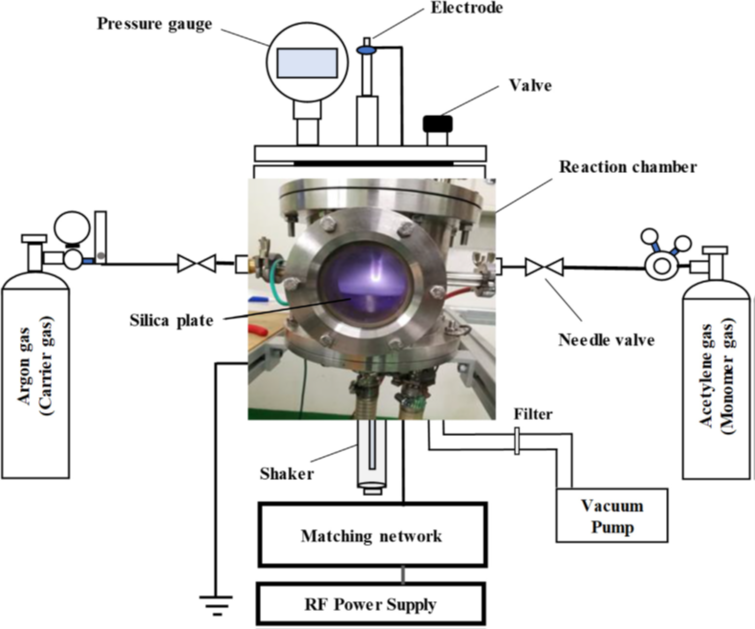September, 2021
Effect of plasma-polymerised acetylene-coated silica on the compound properties of natural rubber composites
Prachid Saramolee, Suchanat Trubmusik, Thirayu Sunthondecha, Mudtorlep Nisoa, and Jobish Johns
Abstract:
Silica-filled natural rubber (NR) encounters incompatibility problems, owing to the strong particle-particleninteraction arising from the hydrogen bonds of hydroxyl groups, which generally leads to the formation of agglomerates. The addition of coupling agents, especially silane coupling agents, reduces the agglomeration. However, this has some disadvantages, such as toxicity, a risk of pre-curing, and the generation of ethanol during mixing. This work aims to focus on the effect of filling the plasma-polymerisation of polyacetylene-coated silica into natural rubber compounds. The deposition of plasma-polymerised acetylene applied to silica particles was firstly carried out using a radio frequency (RF) with an input power of 20 kW for 60 min and further incorporated into NR compounds. On the surface of the coated silica analysis, the formation of a polyacetylene layer on the silica surface was obviously confirmed that it exhibited more stability in water. The following polyacetylenecoated silica (PA-coated silica)-filled NR compound properties were analysed: mixing energy and temperature, Payne effect, complex viscosity, and cure characteristics. The NR compounds mixed with PA-coated silica showed a lower mixing torque, dumping temperature, Payne effect, and viscosity, when compared to NR compounds with unmodified silica and ordinary silane systems. However, the differences were insignificantly noticed in the cure characteristics of the compounds. Polyacetylene-coated silica developed from plasma polymerisation can be used to improve the uniformity of dispersion, as well as the compatibility of silica in a natural-rubber matrix, without changing its cure characteristics, compared to the one with a silane coupling agent.


